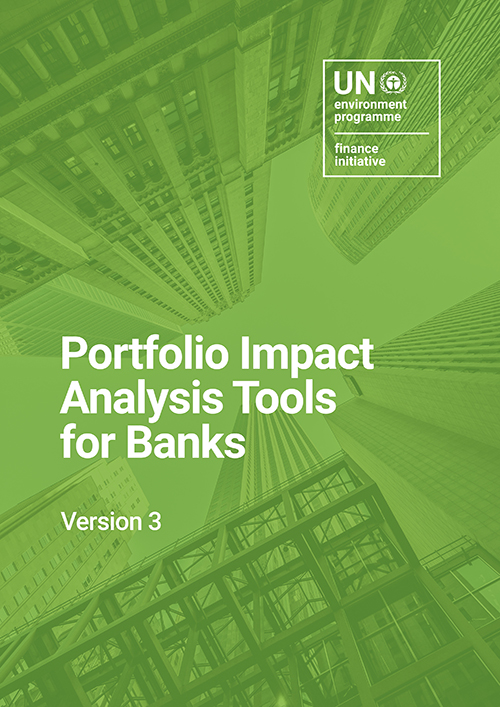On 5 January 2023, the Corporate Sustainability Reporting Directive (CSRD) entered into force. This new directive updates the rules concerning the social and environmental information that companies have to report. Companies subject to the CSRD will have to report according to European Sustainability Reporting Standards (ESRS). These standards were developed by the EFRAG, previously known as the European Financial Reporting Advisory Group, an independent body bringing together various different stakeholders.
ESRS take a “double materiality” perspective – companies are obliged to report both on their impacts on people and the environment, and on how social and environmental issues create financial risks and opportunities for the company. ESRS 1 (“General Requirements”) sets general principles to be applied when reporting according to ESRS and does not itself set specific disclosure requirements. ESRS 2 (“General Disclosures”) specifies essential information to be disclosed irrespective of which sustainability matter is being considered. All the other standards and the individual disclosure requirements and datapoints within them are subject to a materiality assessment
The ESRS impact materiality requirements are closely aligned with UNEP FI’s own focus on, and approach to, impact management.
UNEP FI has set up a new Working Group to leverage the close alignment between the Corporate Sustainability Reporting Directive (CSRD) and the Principles for Responsible Banking (PRB), using the UNEP FI Holistic Impact Methodology, to support signatory banks on reporting for both frameworks. Find out more here.
Interoperability package
An Interoperability package has been developed to help leverage PRB implementation and the UNEP FI holistic impact methodology for CSRD/ESRS compliance:
- UNEP FI- ESRS Interoperability Guide: Understand how the PRB requirements and the UNEP FI Impact Methodology, in particular the Impact Analysis Tool for Banks, can support CSRD/ESRS implementation, in particular materiality assessment. Download the Guide here.
- UNEP FI-ESRS Data Points Mappings: Understand the specific disclosure requirements and data points for which PRB/UNEP FI resources can help you with ESRS compliance. The mappings are based directly on EFRAG Implementation Guidance 3 (IG3), an excel-based compilation of all ESRS data points. Download the Data Points Mappings here.
- UNEP FI-ESRS Topics Mapping: Understand how the ESRS topics and subtopics map to the impact areas and impact topics of the UNEP FI Impact Radar and vice versa. Download the Topics Mappings here.
- UNEP FI-ESRS Conversion Tool: Automatically translate the results from the UNEP FI Impact Analysis Tool to the relevant ESRS data-points in relation to impact materiality assessment. Download the Conversion Tool here. (latest updates: 9 April 2024)
For more information please contact us.
ESRS Working Group members:
Banks: Banca Transilvania, Banco Santander, BBVA (Banco Bilbao Vizcaya Argentaria, S.A.), BMO Financial Group, Commercial International Bank Egypt (CIB), Crédito Agrícola, COOP Pank, Danske Bank, Julius Baer, La Banque Postale, LABORAL KUTXA, NLB d.d. / NLB Group, OTP Bank, Piraeus Financial Holdings, SpareBank 1 Østlandet, Spuerkeess (Banque et Caisse d’Epargne, Luxembourg), Triodos Bank, West African Development Bank (BOAD)
Consultancies: PPI AG/ Federal Association Impact Investing and evolutiq Impact Advisory GmbH
You may also be interested in:
05.02.2024 – UNEP FI’s input to EFRAG’s Implementation Guidance on Materiality Assessment (IG1)
Key take-aways include:
- recommendations for the inclusion of more guidance on the identification and assessment of positive impacts
- proposals to balance content for undertakings not in the primary and secondary sectors (such as the finance sector)
- suggestions to improve clarity, readability / usability, including choice of terminology
- suggestions for additional guidance elements to simplify IRO identification and enhance reporting consistency and comparability, in particular a holistic mapping of positive and negative associations between sustainability topics and all economic activities / sectors
Read the input here.


